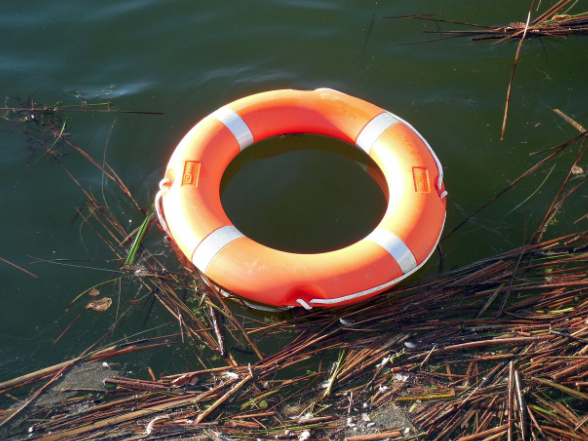
Children from one to four years old have the highest drowning rate in the world, followed by 5-to-9-year-olds. Many of these accidental injuries are preventable with widely available tools and education. Make sure you have a prevention plan in place to keep those around you safe near the water.
Get Basic Lifesaver Training
In an emergency, every second counts. Basic life support skills address injuries, so there is more time available for emergency medical providers to arrive. First responders are trained to recognize the delayed movements that indicate imminent drowning. An injury can result in drowning even in expert swimmers, so every adult should learn lifesaving interventions.
Training also includes addressing choking, bleeding, poison ingestion, and treating anyone unconscious, unresponsive, or not breathing. BLS Training helps you prevent, assess, and respond to any type of crisis.
Always supervise swimmers and stay within arm’s reach
For every child drowning victim, five more receive emergency care for submersion injuries. But even survivors of drowning can suffer permanent injuries that result in long-term disabilities, so it’s critical to prevent rather than treat these instances.
Drowning is quiet; it typically occurs without splashing or requests for help and occurs in less than a minute. Designate a responsible adult to supervise young children while in the bath and all children swimming or playing in or around water. Keep preschoolers close enough to reach at all times while in or near water, even if lifeguards are present. Do not drink alcohol while supervising children.
Enroll children in swimming lessons
Many people don’t have basic swimming skills, yet swimming is the only sport that can save your life. Water safety begins with swim lessons for children aged 1 to 4 years. School-age children should learn basic swimming, water safety, and safe rescue skills. Advanced training for all residents living near bodies of water should include an understanding of beach warning flags and how to spot and free oneself from rip currents when visiting the shore.
Limit access to water and educate on the risks
You can’t prevent disasters, but educating children and being prepared for flooding during weather events can help. Flood disasters are becoming more frequent due to climate change and unpredictable weather patterns. Drowning accounts for 75% of deaths in flood disasters. Children who live near the Hudson River or the surrounding ditches, ponds, irrigation channels, or pools are especially at risk.
Experts say that half of all boating deaths are preventable with the use of Coast Guard-approved life jackets. This recommendation applies to all boaters, regardless of the size of the vessel or the swimming ability of passengers. All swimmers should avoid alcohol around water-related sports.
Conclusion
There are more than 360,000 drowning deaths worldwide each year. Lower your risk by avoiding alcohol use, wearing life jackets, and enforcing buddy swimming requirements for any type of water activities.
Make sure your safety plan includes installing pool fencing, covering well openings, and controlling unsupervised access to all water hazards. Even after successful completion of swim lessons, never leave a swimmer in the water unattended. Even strong swimmers can drown if unconscious or hurt.

You must be logged in to post a comment Login